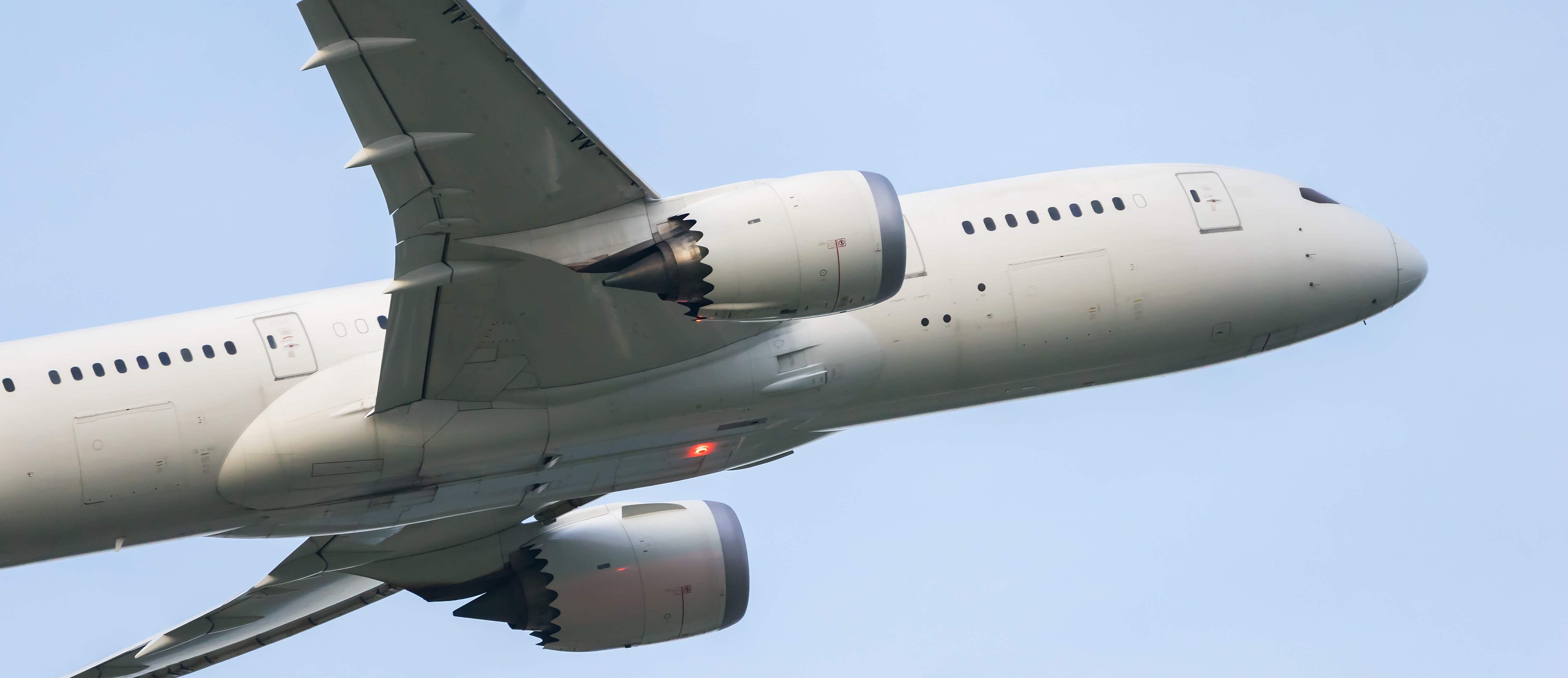Almost all passenger aircraft now offer onboard, high-speed wifi connectivity for passengers but that same technology is being leveraged to benefit airline economics. Honeywell’s new Connected Aircraft report, claims the commercial aviation industry is at the beginning of a technology investment wave fuelled by wi-fi advancements. Using a survey of aviation professionals in the commercial aircraft sector, the report reveals that spending on connected technologies will increase dramatically in the coming years, driven by a rapidly growing demand for solutions that enhance the passenger experience, save airlines money and improve operational efficiency.
Honeywell defines connected technologies are those that make use of data sent to and from the aircraft to benefit passengers, pilots and operators. Some examples include applications that track fleet fuel usage; give pilots landing and navigation aids; crowd-sourced weather information accessed via mobile devices; and analytics solutions that use data from “smart” sensors, sending it to maintenance personnel or aircraft operators during flight.
The report finds that spending will be largely focused beyond the cabin, with maintenance ranking highest among the pain points that airline decision makers want to tackle. Investment in connected technologies is expected to rise significantly during the next 12 months, and to increase even more rapidly over the next five years.
“The airline industry is beginning to seriously invest in Connected Aircraft technology to proactively improve daily operations. The result is airline employees performing their daily roles more effectively, while also delivering the kind of service that passengers expect, including increased safety and on-time arrivals,” said Kristin Slyker, vice president, Connected Aircraft, Honeywell Aerospace. “With the massive potential for cost savings and improved operations, predictive maintenance is the number one area in which airlines are looking to invest. Our research revealed nearly 60 percent of airlines are looking to purchase predictive maintenance technologies over the next year, and even more are expected to invest down the road.”
The next wave of investment in connectivity is to address three main challenges: maintenance effectiveness, fuel consumption and aircraft turnaround time.
Improvements in maintenance are the most important benefit airlines want to see from an investment in the Connected Aircraft. Maintenance was ranked as the top priority in the report, with 88 percent of respondents labelling it as an “Extremely Important” or a “Very Important” investment.
“In my business — commercial aviation — safety and reliability is paramount. Therefore, it is high priority to provide preventive, predictive and reliable maintenance,” said one respondent from an aircraft original equipment manufacturer (OEM).
“We want to be able to predict when a component is about to fail, and change it before it does,” said a fleet management professional at a passenger airline.
Fuel typically accounts for 20 to 40 percent of an airline’s operating costs, so it is unsurprising that 73 percent of survey respondents listed fuel efficiency as “Extremely Important” or “Very Important” to an airline’s investment plan.
“Saving fuel, shortening or eliminating delays, and having better real-time information will result in lower operational costs,” said a ground operations employee at a passenger airline.
Passenger experience was cited as one of the top reasons for airlines to invest in the Connected Aircraft, with 76 percent of respondents listing it as “Extremely Important” or “Very Important.”
“Connected-related purchases will increase operational efficiency, improve fleet management, provide energy efficiency, ensure flight safety, give customers delight, [and reduce] aircraft turnaround time and costs,” said an aircraft research and development expert at an aircraft OEM.
Some 81 percent of respondents cited connected technologies as a high or very high priority for their business. And while 86 percent of respondents said they were looking to make a Connected Aircraft purchase over the next year, the number jumps to 95 percent over the next five years.
According to the report, 61 percent of respondents are planning to spend more in the next year than they currently do on Connected Aircraft technology, and 69 percent are planning to spend even more in the next five years. Airlines are also willing to give that investment time to pay off; 27 percent expect a return between 12 and 18 months, and 28 percent expect a return between 19 months and three years.
About half of the respondents expect to spend up to $1 million per aircraft on connectivity technologies over the next year, with most looking to spend $100K to $500K. The bigger jump is seen over the next five years, with 38 percent of respondents reporting that they expect to spend at least $1 million per aircraft on connected technology during that time span. A full 17 percent plan to spend more than $10 million per aircraft on connected technologies over the next five years. These significant investments signal the increasing value of connected technologies in the coming years.




